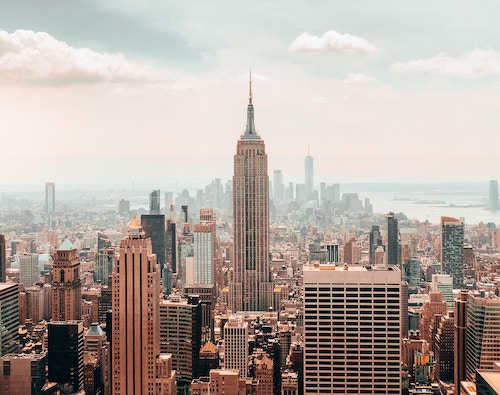New York City currently has an office vacancy rate of 17.4%, a figure that has skyrocketed since the beginning of the COVID-19 pandemic. As urbanists Edward Glaeser and Carlo Ratti claim, this empty office space is enough to fill more than 26 Empire State Buildings. The two scholars have argued that the city should respond by shifting the focus of urban design from vocation to recreation, embracing what they term a "playground city" model. They envision mixed-use neighbourhoods designed to foster leisure as well as labour, featuring walkable urban spaces carefully planned to encourage social interaction. Ultimately, they believe that cities must be more fun places in order to thrive in a post-pandemic world.
Fun, vibrant cities would make excellent places to live, which is particularly relevant now that an increased number of labourers are being expected to work from home. However, as economist Richard McGahey notes, they should not simply become playgrounds for the affluent. To be truly liveable, cities must also address the structural and economic issues that produce inequitable urban landscapes. Dynamic, walkable urban spaces are a great idea, but the playground must be designed to be fun and inclusive for everyone, not just the rich and talented.

Photo by Christian Ladewig on Unsplash
- Log in to post comments

CRC Comments